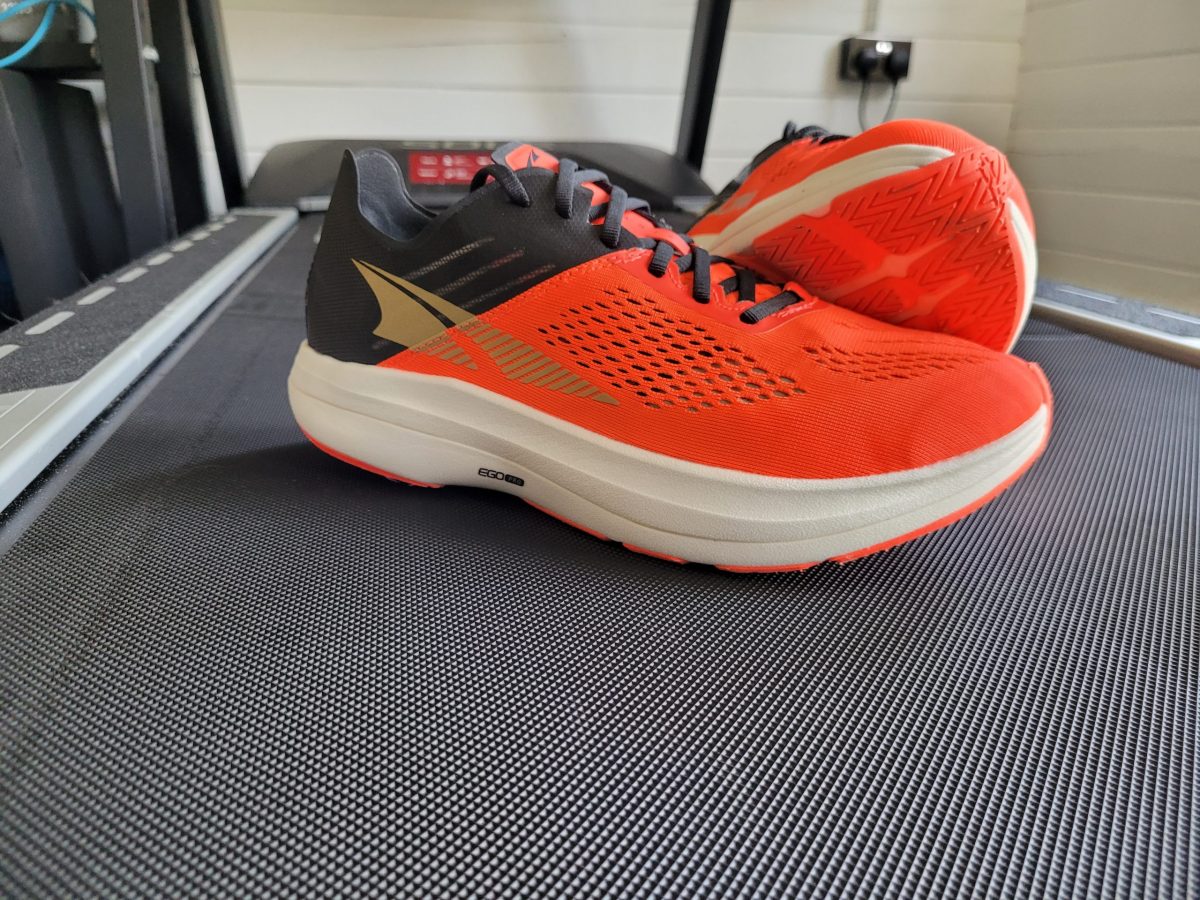I previously wrote in a series of three blog posts, how I found adapting to carbon shoes, and some of the pitfalls of becoming too reliant upon them. I stand by this, and often see people using them far too much in my opinion, but there’s no denying that wearing carbon plated shoes can be a really good idea at times.
Let’s look at some reasons for and against using carbon shoes in training.
High volume training
If you’re someone who loves to get lots of miles in, then the reduced muscle fatigue that comes from using “super shoes” can be a very handy tactic. Running 80+ miles isn’t necessary for most of us, and even those looking to run sub 2:30 often won’t need to reach this mileage or above, but some runners prefer to go down this route. 80-100 miles per week in “normal” running shoes is brutal, especially when you’re sustaining that for 10-14 weeks in a marathon block.
The combination of advanced foams, and the carbon plate mean some of the “pounding” is taken away from the muscles, and less muscle damage results from eccentric (braking) muscle contractions. By keeping a lid on the leg fatigue, high mileage weeks are more attainable.
Lower muscle strength compared to fitness
The way our body is made up, and the percentage of the different muscle fibre types can play a big role in how we experience running, which distances we’re better at, and what holds us back in running faster..
I remember the early days of my return to running back in 2016, and my lungs would always give out before my legs. This made sense having spent the previous 5 years mostly strength training in a largely failed attempt to gain muscle.
If you’re on the flipside though, as most runners are, your legs are more likely to be the limiting factor. Perhaps not in the way that they’re burning with the build up of lactate, but they’re struggling to produce enough force, or keep a higher step rate after a while (which is a part of lactate-induced fatigue).
In this instance, your legs could be holding you back from pushing your cardiovascular system as hard as you want to. Assuming you’ll use carbon shoes in your race, then in this situation it makes sense to do some of your tougher training sessions such as tempos or negative split runs, in a shoe that’ll allow your fitness rather than strength and muscle endurance to be put to the test.
I’d still prefer to see some time being invested in strength training rather than only jumping into carbon shoes, and I think that most people can realistically do this despite any claims of being too busy, but there is a legitimate reason you might want to use carbon shoes if your legs aren’t as strong as they might be.
Return from injury
This is possibly a controversial one, and it really will depend on your exact circumstances, so I’d definitely recommend seeking help before using this as an excuse for lacing up some speedy shoes.
When we return to running, we have to do slower paces typically. Often this comes with a slower step rate, overstriding is more common, and ground contact time (how long our foot is on the floor for every step) increases also. This can create excessive joint movement which could make the injury harder to return from, or create a whole other problem.
When I had an ankle issue in early 2023, it was far worse when I ran my easy run pace at around 6:45/mile because the ankle was being compressed more and for longer, but around 6:00/mile the pain was non-existent.
Since the shoe will push you back up faster, and take some of the force along the way, soft tissues and joints are being loaded less, or at least differently, giving the opportunity for a faster return to running.
The caveats
Whilst reduced muscle fatigue, better cardio fitness and returning from injury can be possible in some circumstances, my overall view is still to use carbon shoes sparingly in training.
- Carbon shoes are often harder and less supportive, but not in a good way.
- The fast rebound can change joint speeds and stress soft tissues in the lower body.
- The reduction in muscle work being done to achieve your desired paces means the muscles don’t get as much stimulus to adapt and become stronger, so some benefits of running are lost.
If you fit into one or more of the categories used as sub-headings, then feel free to use carbon plated shoes slightly more liberally, but don’t forget to factor this into your expectations if you’re comparing training from times when you didn’t use such a fast shoe.
Written by Kyle Brooks, Running Coach based in Norwich, Norfolk

